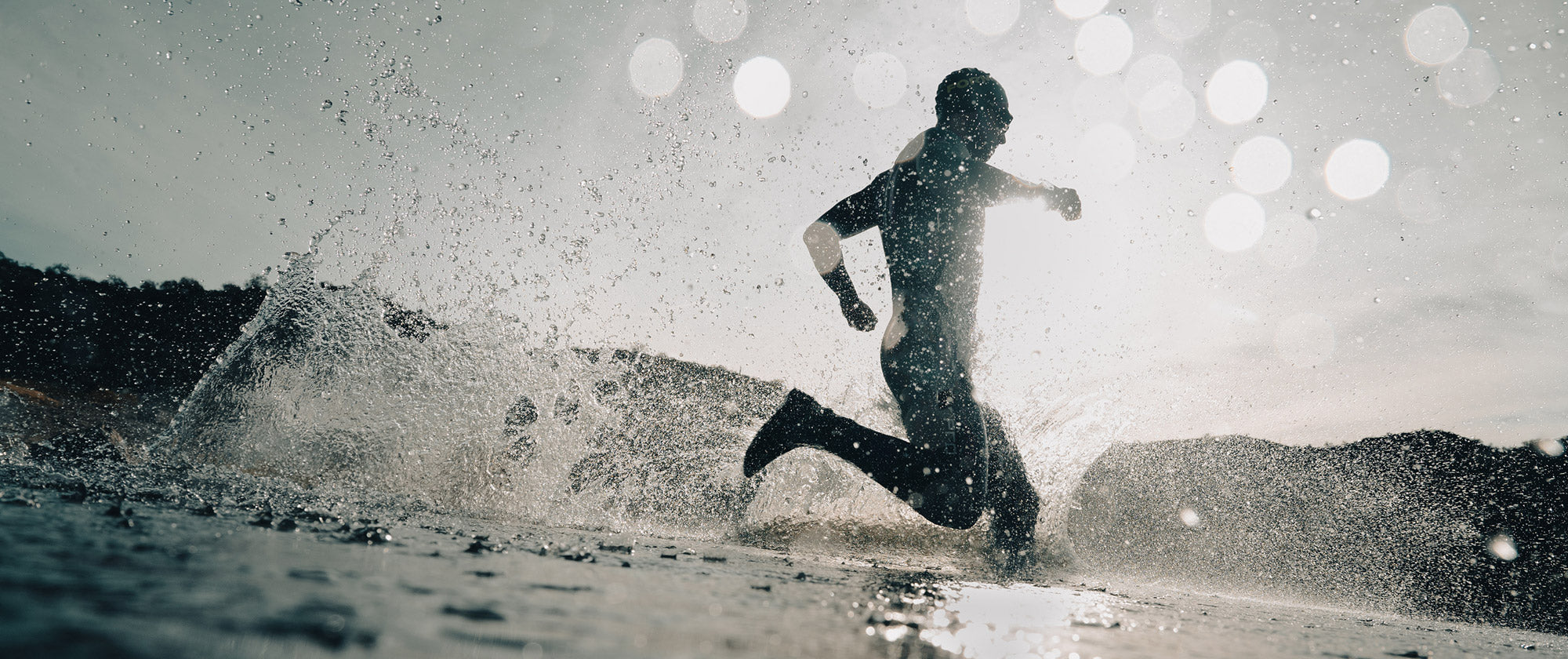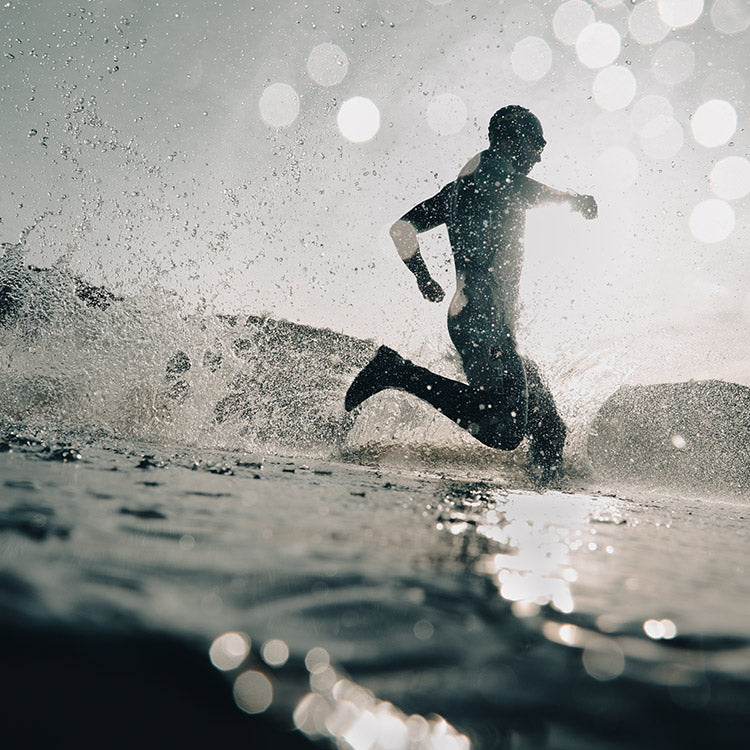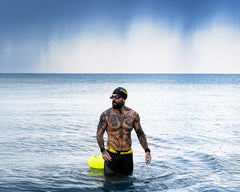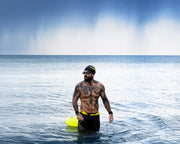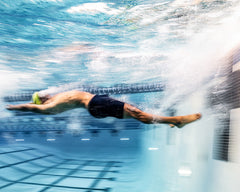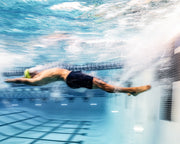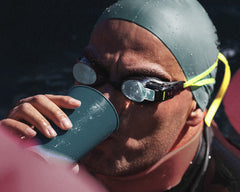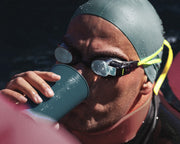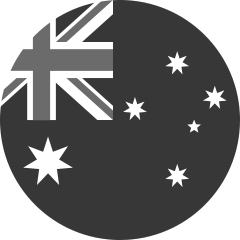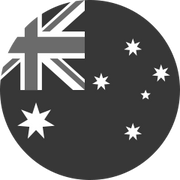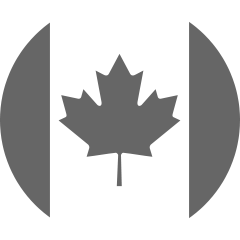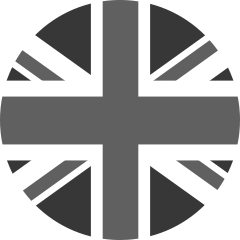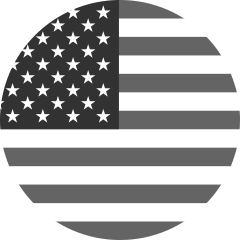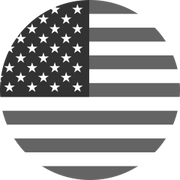UPDATED: The Ultimate Guide to Swim Training for Triathletes
Whether it’s your first race or your tenth season, doing a triathlon is an unforgettable experience. When you’re standing at the edge of the water, adrenaline pumping, surrounded by a community of supporters and fellow athletes, you know you’re about to take part in something special.
But race day will be just the final step in your journey—the culmination of countless hours of diligently sticking to your triathlon swim training plan, putting in mileage on your bike, and racking up runs on the open road.
If you’re like most triathletes, the swim leg of your race will probably occupy more real estate in your mind than anything else along the way.
That’s why we created this triathlon swim training guide to provide you with everything you need to know to feel comfortable, confident, and excited in those final adrenaline-filled seconds before your race gets underway.
Triathlon Swim Training Guide
Picking Your Triathlon Race Distance
Essential Gear for Triathlon Swim Training
Follow a Triathlon Swim Training Plan
How to Master Your Breathing During Triathlon Swim Training
Triathlon Swim Strokes: How to Choose the Right One
Training for a Sprint Triathlon: Swimming Tips to Get You Race-Ready
How to Train for an Olympic Triathlon: Swimming Tips for a Successful Race
Open Water Swim Training for Triathletes
Race Day Swim Strategies
Picking Your Triathlon Race Distance
When you’re thinking about signing up for a triathlon, the first thing you’ll need to determine is the distance you want to complete.
There are four main race distances:
-
Sprint Triathlon: Ideal for beginners, the sprint triathlon covers a 750-meter swim, a 20-kilometer bike ride, and 5 kilometer run.
-
Olympic Triathlon: The globally accepted standard triathlon distance, this race is ideal for triathletes who have some experience and are looking to push themselves. It covers a 1.5-kilometre swim, a 40-kilometre bike ride, and a 10-kilometre run.
-
Ironman 70.3: Offering a significant step up in difficulty, the Ironman 70.3 comprises a 1.9-kilometer swim, a 90-kilometer bike ride, and a half marathon—21.1 kilometres.
- Ironman: One of the most challenging triathlons in the entire world, Ironman covers a 3.8-kilometre swim, a 180-kilometre bike ride, and a full marathon—42.2 kilometres.
The right distance for you will come down to your goals, your level of experience, and the amount of time and energy you’re willing to invest into your training.
Sprint triathlon training plans are typically four, eight, or twelve weeks in duration and max out at about eight hours of training per week. On the other hand, to tackle the distance of an Olympic triathlon, you’ll need to train between 6 and 8 hours per week for as many as 16 weeks.
Essential Gear for Triathlon Swim Training
Your triathlon swim training plan will require you to pick up some essential items for your gear bag.
Here’s what you’ll need.
Goggles
Look for high-quality goggles that fit your face optimally to avoid distracting and frustrating leaks. You may also want to consider a clear pair of goggles for triathlon swim training in a pool as well as a UV-resistant pair for outdoor open water swimming.
For simpler and more streamlined training, you can try FORM goggles. They’ve been designed to put real-time metrics, drills, and workout instructions front and center during your workouts to take the guesswork out of your training. You can also learn a lot from your swimming analytics and apply those lessons to future workouts.
Fins
These are used to help build your leg strength and make your swim kicks more efficient.
Kickboard
This is used to isolate and strengthen your legs during your triathlon swim training.
Pull buoy
You’ll use this to remove your legs from the equation and strengthen your vital upper body muscles by swimming only with your arms.
Paddles
Hand paddles help strengthen your upper body by stopping the flow of water through your fingers.
Swimsuit
The right swimwear will reduce drag and allow you to be more streamlined in the water during your triathlon swim training.
Wetsuit and Buoy for Open Water
If you plan to train in open water before your sprint triathlon, you’ll need a buoy to ensure you’re visible to others.
We also strongly recommend wearing a wetsuit if you’re swimming in cold water—the cold can be challenging and a wetsuit also assists with your buoyancy.
While they can be costly to purchase, if you properly care for your wetsuit, it will last you for many years to come.
Pro tip: Before race day, you’ll want to pick up a tri suit and a swim skin. You can learn more about them in our resource: A Beginner’s Guide to Triathlon Swimwear. It’s also wise to practice getting your wetsuit on and off and using Vaseline (or Body Glide) on your ankles so it’s easier to slide off as well as around your neck to avoid friction.
Follow a Triathlon Swim Training Plan
Triathlon training can seem overwhelming if you don’t have a roadmap to follow. And that’s why sticking to a formal plan is vital when it comes to training for an Olympic triathlon.
Your training plan will tell you not only when to train and how far to swim, but it will also tell you the exact sets and intervals to follow, and even when to take rest days so that you’re not just guessing at it.
Following a training plan will also allow you to track your progress over time. All you have to do is show up and swim. We also have a helpful guide on Swimming Workouts for Triathlon Preparation if you need more guidance.
While it may look complicated at a glance, the typical triathlon swim training plan is built to be easy to follow and will include some key features.
Workout Structure
Swimming workouts are generally made up of sets and intervals. A set is a group of intervals broken up by preset periods of rest. Your training plan will tell you how many meters to swim, how fast to swim them, and how long to break between each.
Drills
Working through drills helps you isolate and strengthen specific key muscle groups and hone in on specific techniques and aspects of your stroke.
Swim Training Lingo
When you look at your sprint triathlon swim training plan, you’ll find several different terms that you’ll need to understand.
Here’s a quick cheat sheet.
- UP: Warm-up
- MS: Main set
- WD: Warm-down
- OW: Open-water
- DR: Drill
- FR: Freestyle
- BK: Backstroke
- BR: Breaststroke
- FL: Butterfly
- IM: Medley
- K: Kick
- P: Pull
- SKL, SCL: Sculling
- DP: Dogpaddle
- CH: Choice stroke
- MX: Mixed strokes
- Fins: Fins
- Pad: Paddles
- Snkl: Snorkel
- K-board: Kickboard
- Band: Band
- P-Buoy: Pull Buoy
- Easy: Easy efforts
- Mod: Moderate efforts
- Strong: Strong efforts
- Fast: Fast efforts
- Max: Maximum efforts
- Alt: Alternate
- HR: Heart rate
How to Master Your Breathing During Triathlon Swim Training
When it comes to triathlon swimming training, your breathing technique is one of the most crucial and fundamental skills to master.
Bad breathing adds resistance to your swim and fatigues your body. So, the better you are at breathing, the more oxygen you’ll give to your body and the better you’ll perform.
If you’d like to learn how to improve your technique during your triathlon swim training plan, read through our resource: 7 Ways to Improve Your Swimming Breathing Technique.
Triathlon Swim Strokes: How to Choose the Right One
While you’re allowed to swim with any stroke that feels comfortable during a triathlon, there are some strokes and techniques that are better suited than others.
What makes them better?
Unlike swimming in a calm pool, most triathlons take place in open water with hundreds—if not thousands—of other swimmers. So, the right stroke and technique will allow you to maneuver more quickly and efficiently, in turn saving valuable energy for the bike ride and run.
Typically, freestyle (also known as front crawl) is the fastest and most commonly used swim stroke for triathlons.
You can learn about the best swimming strokes and techniques for triathlons and get tips for how to improve each of them here: Swimming Strokes and Techniques for Triathlon.
Training for a Sprint Triathlon: Swimming Tips to Get You Race-Ready
If you’ve opted to race in a sprint triathlon, it's wise to get a triathlon training plan that’s tailored to this distance.
And if you’re a beginner triathlete, you’ll also want to understand and start working on mastering some fundamentals.
In our guide, Training for a Sprint Triathlon: Swimming Tips to Get You Race-Ready, you’ll learn everything you need to know, including:
- How to set training goals for your sprint triathlon
- How long you should train for a sprint triathlon
- Tips for understanding your sprint triathlon swim training plan
- Common swim training challenges
- Where to focus your efforts when it comes to your sprint triathlon swim training
- How to incorporate open water swimming into your sprint triathlon training plan
- A simple sprint triathlon training workout you can try
How to Train for an Olympic Triathlon: Swimming Tips for a Successful Race
When you’re looking for an exciting challenge, training for an Olympic triathlon will give you a great opportunity to test your grit.
At double the distance of a sprint triathlon—and with a swim leg that’s only 400 meters shorter than an Ironman 70.3—this race requires a heavier training load and a higher level of strength and fitness than its sprint counterpart.
If you’re planning to train for an Olympic triathlon—or wondering if it’s the right race for you—check out this guide first: How to Train for an Olympic Triathlon: Swimming Tips for a Successful Race.
It explains:
- How to decide an Olympic triathlon should be your first race
- The difference between sprint triathlon and Olympic triathlon training
- How to fit Olympic triathlon training into your schedule
- Where to focus your efforts during your Olympic triathlon swim training
- How to incorporate open water swimming into your Olympic triathlon training plan
- A simple Olympic triathlon training workout
Open Water Swim Training for Triathletes
Swimming in open water adds a dimension of difficulty that you don’t experience when you’re training in a pool.
While pool swimming can help you build your fitness and dial in your technique, the experience of swimming in open water can be jarring, even if you’ve done it many times before.
But since most triathlons take place in an open body of water, you must spend some time getting comfortable and confident with open water swim training so you’re not caught off guard on race day.
In our resource, The What, Why, and How of Open Water Swimming Training for Triathletes, you’ll learn everything you need to know to get ready for your race, including:
- The biggest challenges with open water swimming and how to overcome them
- How to stay safe during open water triathlon swim training
- Essential gear you’ll need for your open water swim training and your race
- Open water swim training drills for triathletes
- Things to keep in mind to have a better open water swim on race day
Race Day Swim Strategies
Your triathlon swim training plan is a big piece of the puzzle, but it’s not the only one. No matter what level you’re at, you’ll also need a race-day strategy to help you thrive during your swim. After all, you want to get on your bike feeling strong—not like you need to make up time.
If you’re unsure where to start when it comes to building your strategy, we’d recommend that you:
- Schedule a warm-up before the race
- Start swimming at your own pace
- Find a group and stick with them
- Know your pace before the race
- Don’t sight too much (or too little)
- Train in your wetsuit
- Lubricate your wetsuit
- Swim close to others during your race--like drafting on the bike, this can save you a lot of energy and time (and it’s the only stage of your race where you can do it!)
For more details on each of the above, take a read through our article: Seven Triathlon Swim Strategies
Get More from Triathlon Swim Training with a FORM Plan
Whether you’re a first-time triathlete or a seasoned racer, there’s one undeniable fact: following a triathlon swim training plan is the best and most effective way to make sure you achieve your goals and get the results you want from your race.
With FORM goggles, you'll swim with real-time metrics right in your goggles. Plus, get a free 1-month Premium trial to boost your swim improvement. Access 1,500+ workouts, 45+ training plans, a custom workout builder, and much more!
Backed by a 2-year warranty and 30-day return guarantee, FORM Smart Swim Goggles are built to last.
